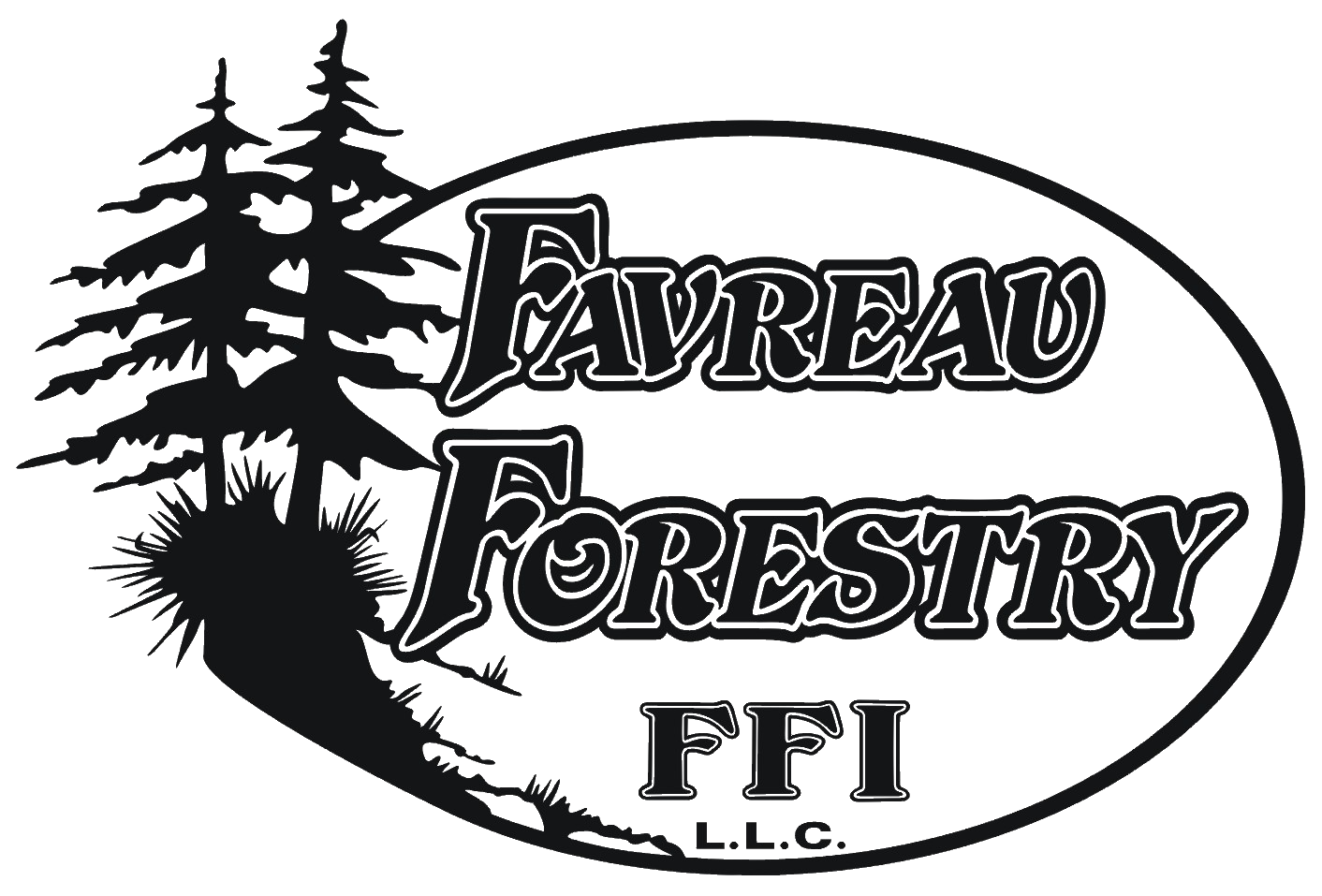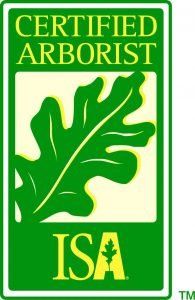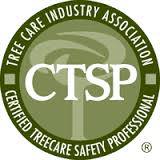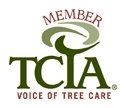Frequently Asked Questions
Frequently Asked Questions
For your convenience, our Certified Arborist has answered the most common customer questions below.
-
Q: Why did my tree fall?
A: There are a number of reasons why a tree falls, usually a combination of factors including: location, wind, soil conditions, excess weight of branches, prior damage or disease, age of tree, and/or lack of tree maintenance. Contributing factors to tree failure can be determined when our ISA Certified Arborist is on-site. See our Favreau Forestry Hazard ID Checklist – 2017 for a list of factors.
-
Q: Is my yard going to be a mess/ruined/destroyed when you are done?
A: No! This is a big difference between Favreau Forestry and other tree companies. Our tree company takes pride in debris removal and clean up when the job is complete. We are constantly complimented on our crew’s site cleanups. Our crews also take the extra time and steps to minimize the potential for damage by placing boards parallel to your driveway when leaving it to access areas of the property to prevent cracking the driveway, pad the ground with branches to minimize indents from falling logs, inquire about your septic system location to prevent collapsing the tank, etc. These are just a few examples of how we go the extra mile!
-
Q: How do you price tree work?
A: Our ISA Certified Arborist determines the price by examining several factors including, scope of project, accessibility, number of trees, tree size, tree height, obstacles, machines needed to be utilized and projected time. Tree removal, reduction and/or pruning requires an onsite visit to establish an accurate tree service quote. Favreau Forestry will email you a well-defined, realistic estimate. At Favreau Forestry we stand behind our work. Our reputation rests on consistently providing excellent and dependable service at honest and competitive prices. We say what we do and we do what we say. If an issue should arise we will make the situation right. Call today for your free proposal 978-706-1038!
-
Q: What will happen to my tree that is removed?
A: Favreau Forestry utilizes all parts of the tree in to usable components. The components may be used as firewood, timber for building, wood chips for animal bedding or as a source of renewable energy, mulch, etc. The tree and all debris will be completely removed from the property unless other arrangements are made.
-
Q: What methods of payment do you accept?
A: Our tree service business accepts cash and check First time customers ordering firewood are required to pay cash upon delivery.
-
Q: I live in an area affected by the Asian Longhorned Beetle. Can you work at my house?
A: Yes! Our full service tree company is Asian Longhorned Beetle (ALB) certified. Our crews have completed and are in full compliance with all training and documentation necessary through the United States Department of Agriculture (USDA) Animal and Plant Health Inspection Services. We have been in compliance since this was mandated in 2009. Want to learn more about the Asian Longhorned Beetle?
-
Q: How do I know if my tree is a hazard?
A: There are several visual factors that can be observed to let you know the trees health is declining including leaf status, bark conditions, root damage or environmental changes. Check out our Tree Removal page for more information or see our Favreau Forestry Hazard ID Checklist – 2017.
-
Q: What is an ISA Certified Arborist?
A: ISA Certified Arborists are individuals who have achieved a level of knowledge in the art and science of tree care through at least three years of experience and have passed a comprehensive examination developed by the nations leading experts. Certified Arborists must continue their education to maintain their certification therefore, they should be up to date on the latest techniques in arboriculture. For more information about ISA Certified Arborists visit International Society of Arboriculture (ISA) website.
-
Q: Why hire a Certified Arborist?
A: Certification through a professional organization such as the International Society of Arboriculture (ISA) or Tree Care Industry Association (TCIA) demonstrate a willingness on the part of the Arborist to stay up to date on the latest techniques, best practices and industry information. Arborists are knowledgeable and equipped to provide proper care of individual trees. Well cared for trees are attractive and add considerable value to your property. For more information about ISA Certified Arborists visit International Society of Arboriculture (ISA) website.
-
Q: What should I ask about when hiring a tree company?
A: There are many factors to inquire about when hiring a tree company including:
Insurance – Ask for proof of insurance and call the insurance company to verify that coverage is current. A reputable Arborist will have personal property damage, general liability and auto insurance as well as workers comprehension insurance. Many homeowners have had to pay out large sums of money for damages caused by uninsured individuals claiming to be tree experts. You could be held responsible for damages and injuries that occur on your property as a result of an uninsured tree company!
Credentials – Does the company have the following credentials: ISA Certified Arborists, Certified Treecare Safety Professionals (CTSP) on staff, Electrical Hazard Awareness Program (EHAP) Certification, OSHA 10 card, CPR and First Aid Certifications. Click here to learn more about each credential.
References – Ask for references to find out where the company has done work similar to the scope of the work that you are having preformed. Don’t hesitate to check references or visit other work sites where the company or individual has done tree work. Remember, tree care/work is a substantial, long lasting investment; you would not buy a car without a test drive.
Personal Protective Equipment – The crew should wear all of their Personal Protective Equipment (P.P.E.) including: Hardhats, Eye Protection, Ear Protection, Safety Vest and Steel-toed boots. A company that requires PPE values their employees and their safety so will be more likely to care and value your property and safety.
Availability – Be wary of individuals who go door to door and offer bargains for performing work. Most reputable companies are too occupied to solicit work in this manner. Improper tree care can take many years to correct itself and in some cases never corrects itself and results in major hazards. Are you willing to take that risk with your valuable investment?
Pricing – Don’t always accept the low bid. You should examine the credentials and the written specifications of the companies who submit bids and determine the best combination of price of work to be done, skill and professionalism to protect your substantial investment. Be wary of a price too low as they may try to add extra costs at the end.
-
Q: What type of tree do you think I should plant?
A: A number of factors need to be considered before this question can be answered. Think about the following questions:
- Why is the tree being planted? Do you want the tree to provide shade, fruit, seasonal color or act as a wind break or screen? Maybe more than one of the above?
- What is the size and location of the planting site? Does the space lend itself to a large, medium or small tree? Are there overhead or below ground wires or utilities in the vicinity? Do you need to consider clearance for sidewalks, patios or driveways? Are there other trees in the area?
- What type of soil conditions exist? Is the soil deep, fertile and well drained or is it shallow, compacted and infertile?
- What type of maintenance are you willing to provide? Do you have time to water, fertilize and prune the newly planted tree until it is established or will you be relying on a tree service for assistance?
Contact Brian Favreau for tree recommendations based on your specific site. (978) 706-1038.
-
Q: How do I identify plant diseases and issues?
A: Correct diagnosis of plant disease requires a careful examination of the situation and systematic elimination of possibilities by following a few important steps.
Accurately identify the plant – Most infectious pathogens are plant specific, this information can quickly limit the number of suspected diseases.
Look for a pattern of abnormality – This can often provide key information regarding the cause of the problem. For example, if the affected plants are restricted to a walkway, road or fence the disorder could be a result of wood preservatives, de-icing salts or other harsh chemicals.
Carefully examine the land – Factors to observe include:
Drainage
History of the property
Number of species affected
Percentage of injured plants in the area
Poorly drained areas are ideal for the development of root rot induced by a variety of water molds. The history of the property and adjacent land may reveal many problems such as herbicide applied to agriculture lands or sanitary land fields whose gas can drift several hundred feet and damage plants.
The number of species affected may also help distinguished between infectious pathogens that are more plant-specific as compared to chemical or environmental factors that affect many different species. Most living pathogens take relatively long time to spread throughout an area, so if a large percentage of plants become diseased virtually overnight, a pathogen is probably not involved.
Examine the roots – Note their color: brown and black roots may signal problems. Brown roots often indicate dry soil conditions or the presence of toxic chemicals. Black roots usually reflect overly wet soil or the presence of root-rotting organisms.
Check the trunk and branches – examine the trunk thoroughly for wounds, as they provide entrances for cankers and wood-rotting organisms. Such wounds may be caused by weather, fire, lawn mowers, rodents, and a variety of other environmental and mechanical factors. You can avoid extensive decline by removing branch stubs and pruning cankered limbs.
Note the position and appearance of affected leaves – Dead leaves at the top of the tree are usually the result of environmental and mechanical root stress. Twisted or curled leaves may indicate viral infection, insect feeding, or exposure to herbicides. The size and color of the foliage may tell a great deal about the plants condition, so make note of these and any abnormalities.
Think about current and past management practices – Sometimes a plants current problem is actually a result of previous treatments.
Armed with information from this careful examination, you can now consult a plant disease reference to make a diagnosis of the problem or you can contact Favreau Forestry for one of our ISA Certified Arborist to diagnose and suggest treatment plans.
Not finding the answer to your question? Reach out directly through our Contact Us page or call (978) 706-1038.




